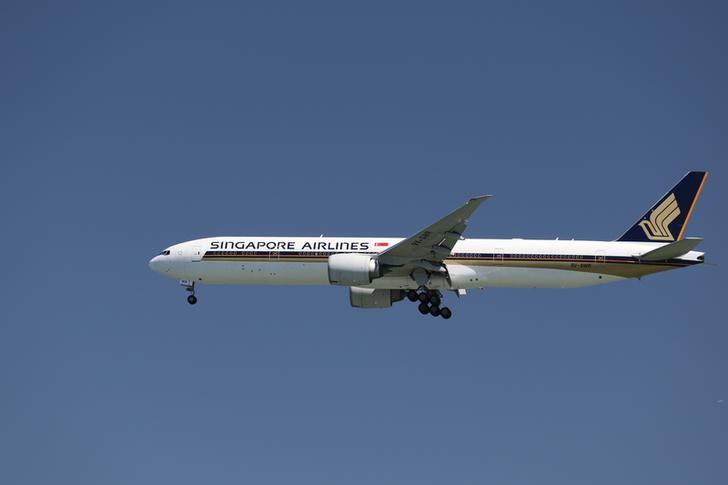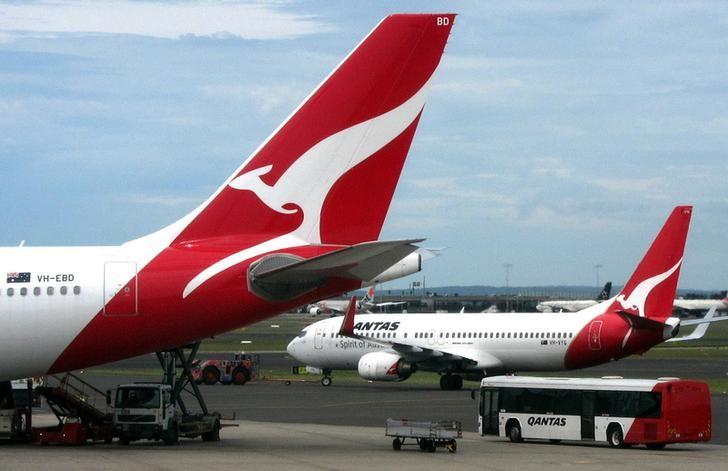
Boeing is facing one setback after another. At a time when robots are snatching jobs away from humans, Boeing has gone back to humans dumping its robots. Boeing on Thursday said that has abandoned a set of key robots that have been assembling its fuselage sections for Boeing's 777 and 777X jets.
The company said that a part of the job has been shifted back to human mechanics. The decision to switch back to human mechanics follows the failure of the automation system. As part of the decision, machines will be used to drill holes along the fuselage panels but human mechanics would be used to insert rivets into the holes along the fore and back body sections of the planes.
Known as fuselage automated upright build (FAUB), the planemaker turned to complete automation and started using robots to build its 777 fuselages in 2015. However, problems with reliability issues and rework started arising within four years, thus compelling the company to completely abandon the automation system and go back to human mechanics.
Human mechanics had reported the problem in 2016 when a part of the automation wasn't working problem, which was delaying the process. The planemaker faced delays last year when the FAUB once again failed after being used on its existing versions of 777.
The company will now use its in-house developed "flex tracks", another automated system to drill holes in the fuselages. However, it will take human help for fitting in the rivets in those holes.
Company bruised with setbacks
Boeing is suffering one setback after another. The latest setback of automation failure comes at a time when it is already mired in multiple controversies.

The company's Boeing 737 Max has been grounded across the world since March following two fatal crashes in Indonesia and Ethiopia that killed 346 people. However, Boeing's problems don't end there. Aviation companies across the world lately have been grounding scores of Boeing 737 Next-Generation aircraft as they continue to find cracks in the bodies of the aircraft.
Boeing had earlier alerted that similar cracks could be found 1,000 of its 737NG aircraft and met the condition for inspection. This has seen many aviation companies switching to its rival Airbus. Boeing is trying to obtain an approval to return its grounded 737 Max Dreamliner by end December but uncertainty continues to loom large on the company operations and image.









